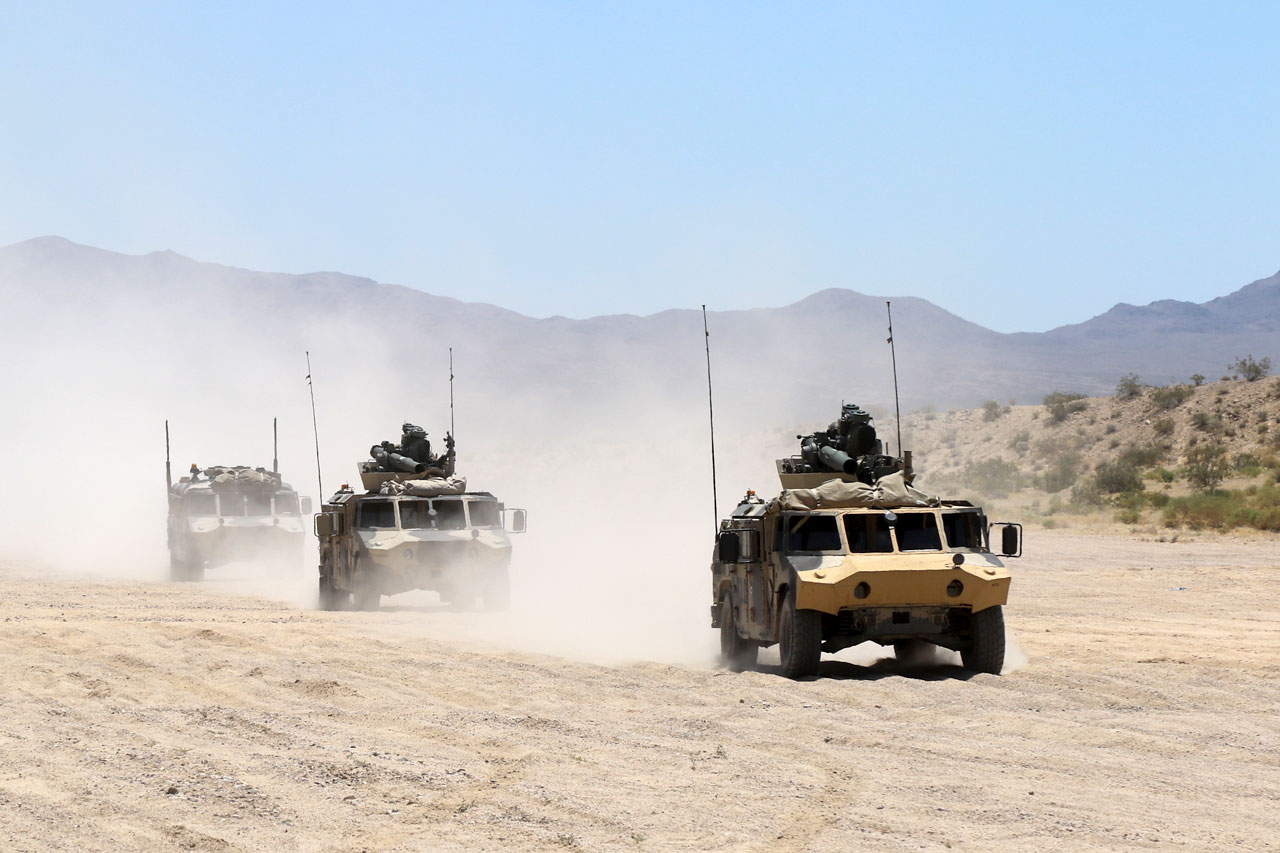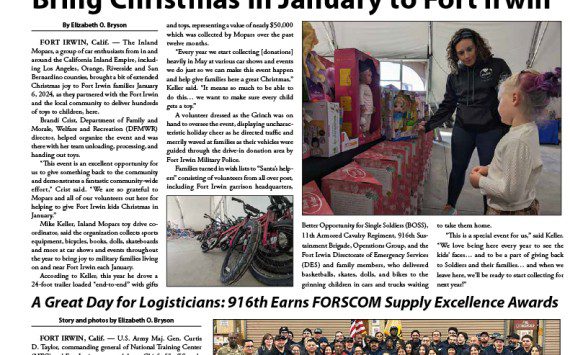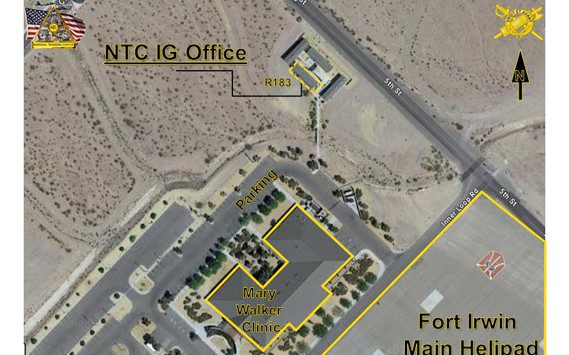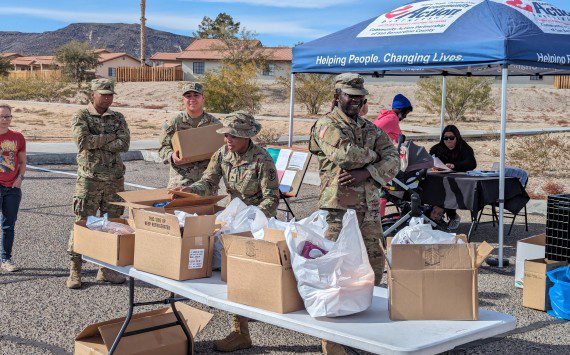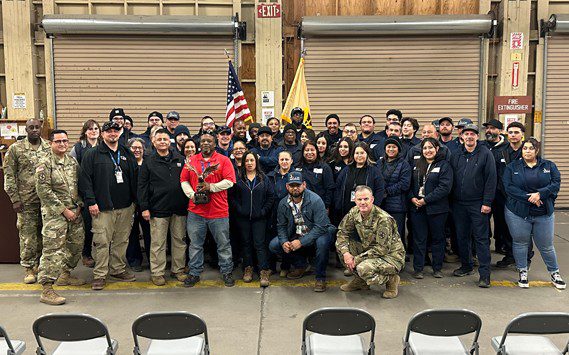FORT IRWIN, Calif. — Without a Rotational Training Unit scheduled to come to the National Training Center during the month of June due to COVID-19, the 11th Armored Cavalry Regiment conducted a Blackhorse on Blackhorse field training exercise to ensure readiness for the upcoming Rotations. All Squadrons were an integral part of fulfilling the Blackhorse mission during the FTX with 1st and 2nd Squadron pitted against each other and the Regimental Support Squadron providing support to the fight.
Throughout the training exercise, the Regiment focused on mastering their respective tactics, techniques and procedures. Each Mechanized Infantry Company from 2nd Squadron had the opportunity to practice transitioning from maneuver to reacting to contact and arraying their forces in varying formations dependent on terrain and battlefield analysis. Each lane presented a different problem set for leaders to solve during their planning and execution of the operation. The training proved to be effective as Troopers and Leaders vastly improved in their execution of the Troop Leading Procedures and the entire 2nd Squadron displayed a better understanding of maneuver warfare. As the rotation progressed, so did the complexity of the missions and variables. While the first operation orders and missions at the MIC level presented basic problem sets, Troopers started to encounter additional variables as training progressed. For example, the MIC lanes required a focus on TLPs and the ability to transition organic MIC assets from movement to maneuver, Platoon and Troop level react to contact drills and establish a hasty defense. Once each MIC demonstrated an understanding of these fundamentals, the MIBN operations began. Attachments and combat enablers started to become more involved and the training grew from a Troop Level to the Squadron Level. The tenants of Mission Command became crucial to success as creating a shared understanding and providing a clear commander’s intent enabled the Troopers to succeed. Missions grew from a rudimentary level to a more graduate level and through this process 2nd Squadron improved its lethality and readiness.
Training for the Regimental Support Squadron began with a tactical convoy managed from a Tactical Action Center (TAC) established at FOB Santa Fe. Troops from across the Squadron conducted realistic training with junior officers and NCOs leading their Soldiers on convoy training lanes through the box while conducting ‘react to contact’ drills facing direct and indirect fire as well as IED identification, while under the careful tutelage of the Observer-Coach/Trainers. The realistic and stressful training proved to be a great primer for things to come. During this FTX, the RSS not only deployed to “The Box,” but they also deployed outside the National Training Center. The Squadron conducted tactical convoy movements up over 40 miles up Maddox Trail to the Marine Logistic Base-Yermo Annex in a mirror image of the deployment of a typical Rotational Training Unit. Once the move was complete and security established the Troopers of Packhorse Squadron conducted a day and a half of hands-on training on Railhead Operations, learning how to properly secure all equipment for movement by railway. By, the time the field training exercise was completed, the Squadron was packed up and preparing to move into the National Training Center and the fight.
The culminating exercise for Rotation 20-08.11 was the Brigade Tactical Group operation. During this operation, three Mechanized Infantry Battalions went on the offensive against one in the defense. This operation allowed units to hone their skills at adjacent unit coordination and accepting prudent risks. Troopers were able to execute several types of Rehearsals including Key Leader, Terrain Model, Digital Terrain Model, Map, Network, and even a reduced force Full Dress Rehearsal for the Combined Arms Breach Leaders found that the more complex the task, the more vital in-depth rehearsals. The successes of each BTG were contingent on teamwork and the innate ability of the Troopers to strive for greatness. At the end of the Rotation, the praise ultimately belonged to the Troopers, who battled the austere elements of the desert heat and fatigue with a smile on their face.
Overall, Rotation 20-08.11 was an invaluable experience that provided an opportunity for each unit in the 11th ACR to showcase the progression of individual Troopers, MICs, MIBNs and ultimately the progression of the Regiment. The ability to practice maneuver doctrine was crucial for the development of Leaders and Troopers across the formations. Conducting training on a multi-layered level, as 20-08.11 did, is a key sustain.






